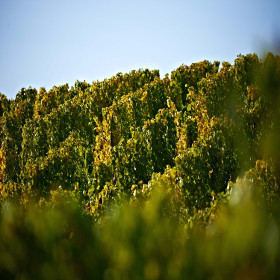Winery Knewitz
In the midst of the Rheinhessen vineyard land the Knewitz winery in Appenheim can be found. The different soils around Appenheim, in particular the limestone, are witnesses of the primeval sea, which was raging about 65 million years ago. Until today, traces of the sea and its inhabitants not only in the vineyards. This is precisely the foundation used by the Knewitz Winery, which has existed for several generations: working out the salty and mineral character of the very individual wines. Modern freshness is brought into the family business by he two brothers Tobias and Björn Knewitz. Together, they create a spirit of optimism and want to use the full potential given to them by mother nature to tease the ground to tease out the last tug of identity and rationality. The wines are to show their origin, the handwriting of the winemaker and thus reflect the terroir character of the calcareous still underrated vineyards around Appenheim. The goal of the ambitious young wine duo are wines with rough edges.














